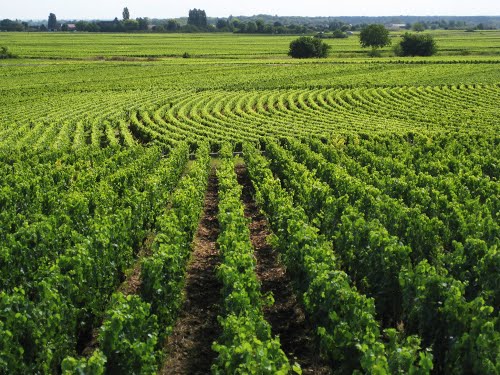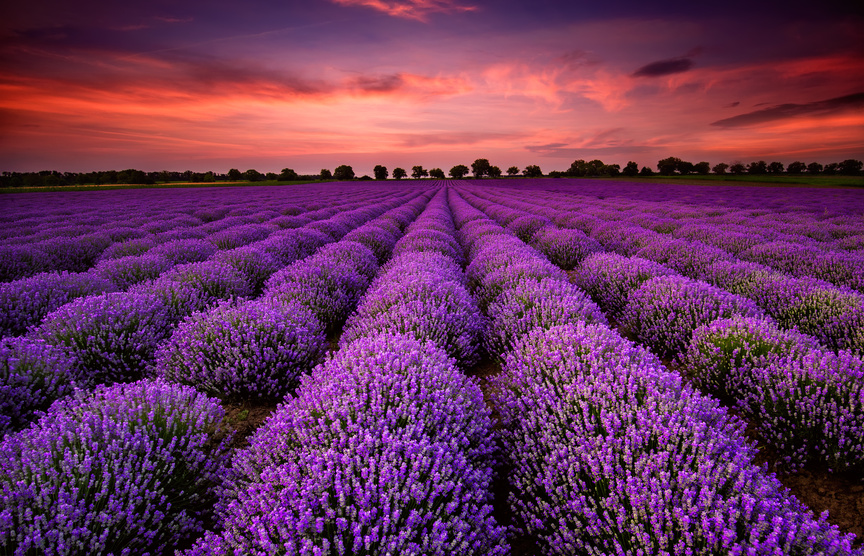Taste of Burgundy: Full-Day Wine Tour from Dijon

- Varaktighet: 8 Timmar (cirka)
- Plats: Dijon
Pick up in Dijon
This morning, we will meet you at the central meeting point in Dijon located in front of Maison DIVIA, 16 place Darcy in Dijon.
Meet your Expert Guide
Meet your English speaking guide who is an expert on Burgundy Wines and who will go over the program and itinerary of your shared Burgundy wine tour with you. Then, board your Premium, air-conditioned vehicle and begin your full day small group tour to discover the Côte de Beaune vineyards and wine producing region.
Arrive in the Côte de Beaune wine region
The Côte de Beaune wine region covers roughly 20 kilometers (12 miles) between the northern and southern part of the appellation. Both red and white wines are produced in this part of the Burgundy vineyards with Pinot Noir and Chardonnay being the main grape varieties planted. Historically known as "Vin de Beaune" or "Pinot Vermeil" it wasn't until 1936 that the wines were classified using the AOC (Appellation d'Origine Contrôlée) classification system.
The appellation is home to some famous Grands Crus such as Corton, Corton-Charlemagne or Montrachet while other appellations have some 'climats' classified as Premiers Crus such as Aloxe-Corton, Chassagne-Montrachet, Pommard, Santenay or Volnay.
Wine tasting experience
Drive along the rolling hills and stunning landscapes through top rated wine appellations such as Meursault, Volnay, Pommard, Puligny-Montrachet, and Chassagne-Montrachet. Meursault, Puligny-Montrachet, and Chassagne-Montrachet wines are considered to be some of the finest whites wines produced in Burgundy while Volnay and Pommard produce some of the most elegant and delicate red wines of Burgundy. This is definitely high on the list of all wine lovers.
Here, you will participate in a prestige commented tasting session that includes 5 to 7 red and white wines. Your Burgundy wine tasting session will include wines classified as 1ers Crus and Gand Cru.
Second tasting in a cellar
After your first tasting session, we will move on to a second cellar that is considered to be a Paradise for Pinot Noir lovers. Upon arrival, visit the cellars of this family owned estate, learn about the ageing of wines in oak barrels and learn about the old vintages that are kept on site.
Free time for lunch in Beaune
After your second visit, you will have time for lunch (at own expense) in Beaune.
The origin town of Beaune can be dated back to the 1st century BP when the Romans decided to build a fortification that lied at the crossroads between two of their most important ways. One linked the town of Lyon to Trier (Germany) and the other linked the town of Besançon to Autun. The town became prosperous in the 12th century thanks to the wine trade and its urban area expands outside the castle walls, erecting remparts that can be still seen today.
The town was at the time the Capital of the Duchy of Burgundy and the first Burgundian Parliament met at Beaune in 1227. During the middle ages, the town then organized itself around three major locations: the market square (that is today Place de la Halle), the Collegiate Church of Notre Dame (the old historical town center) and Place Carnot where the Parish Church used to stand.
The streets of Beaune have kept a number of houses and buildings that date back to those days, from Romanesque houses to 18th century private mansions. The town's past is also closely linked with religious life. Other than the Romanesque Clunisien style Collegiate Church of Notre Dame that dates back to the 12th & 13th century, a number of Abbeys and Convents still occupy a large proportion of the urban space.
Today, most of the buildings belong to wine merchants who have found an ideal location to store their wines. The Hospitaliers religious order also left their print in the town of Beaune with the most famous construction being the Hôtel-Dieu, built in a Franco-flemish style, and that dates back to the 15th century. There is a second Hôtel-Dieu named Hospice de la Charité that is a good example of 17th century architecture.
Things to Do & See in Beaune
One of the main attractions in Beaune is the Hospices or Ancient Hospital. The Hôtel-Dieu was a medieval hospital that featured vast halls for beds for the sick. Founded in 1443, the Hôtel-Dieu in Beaune is a two-storied construction that occupies three sides of a courtyard. In one of its wards is a Museum dedicated to Rogier Van der Weyden's great Altarpiece - The Last Judgement that was commissioned by Nicolas Rolin, the last chancellor of the Burgundian Dukes and the hospital's builder.
The Hospital was built to help the persons who had suffered from famine and poverty after the Hundred Years War. As you visit, discover the kitchen, the pharmacy and the vast hall with its wooden beds and red curtains that maintain some kind of privacy. The Hospices is also famous for the wine auction it organizes each year with wine produced from 53 hectares of vineyards that were donated to the hospital through the centuries. This Charity Sale is held every year in November.
Other great options during your free time in Beaune include tasting more wines in a large cellar (7 to 10 wines), visit & tasting at the Fallot Mustard or just stroll through the old town of Beaune that has a number of traditional shops that sell local delicacies such as Blackcurrant liquor, gingerbread, Anise of Flavigny.
The Côte de Nuits Vineyards
After your time in Beaune, we will begin to make our way back to Dijon following the mythical Champs-Elysées wine route of Burgundy. This is where some of the most famous plots are located such as Romanée Conti, Chambertin, Close de Vougeot and Echezeaux. As we make our way back, there will be a stop for a short walk through the vineyards of the Côte de Nuits Burgundy wine region.
After the walk, return to Dijon and end of our services.
Other services from Dijon
We also provide private tours from Dijon to both the Côte de Nuits and Côte de Beaune wine regions. Travel the Route des Grands Crus on a half day or full day tour. We will have you visit famous wine appellations such as Gevrey Chambertin, Nuits Saint Georges or a guided tour of Château Clos de Vougeot. Numerous high-end tasting options of 1er Grands Crus & Grand Cru wines available.






